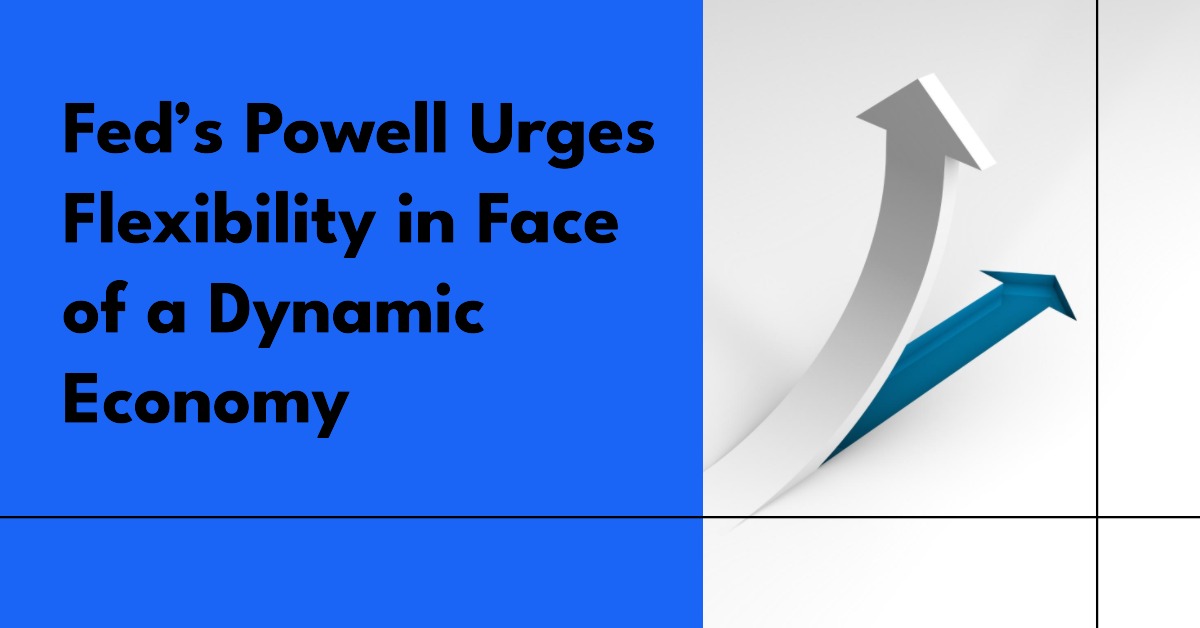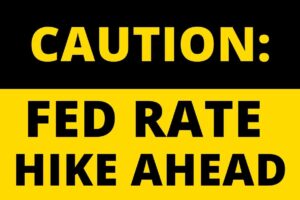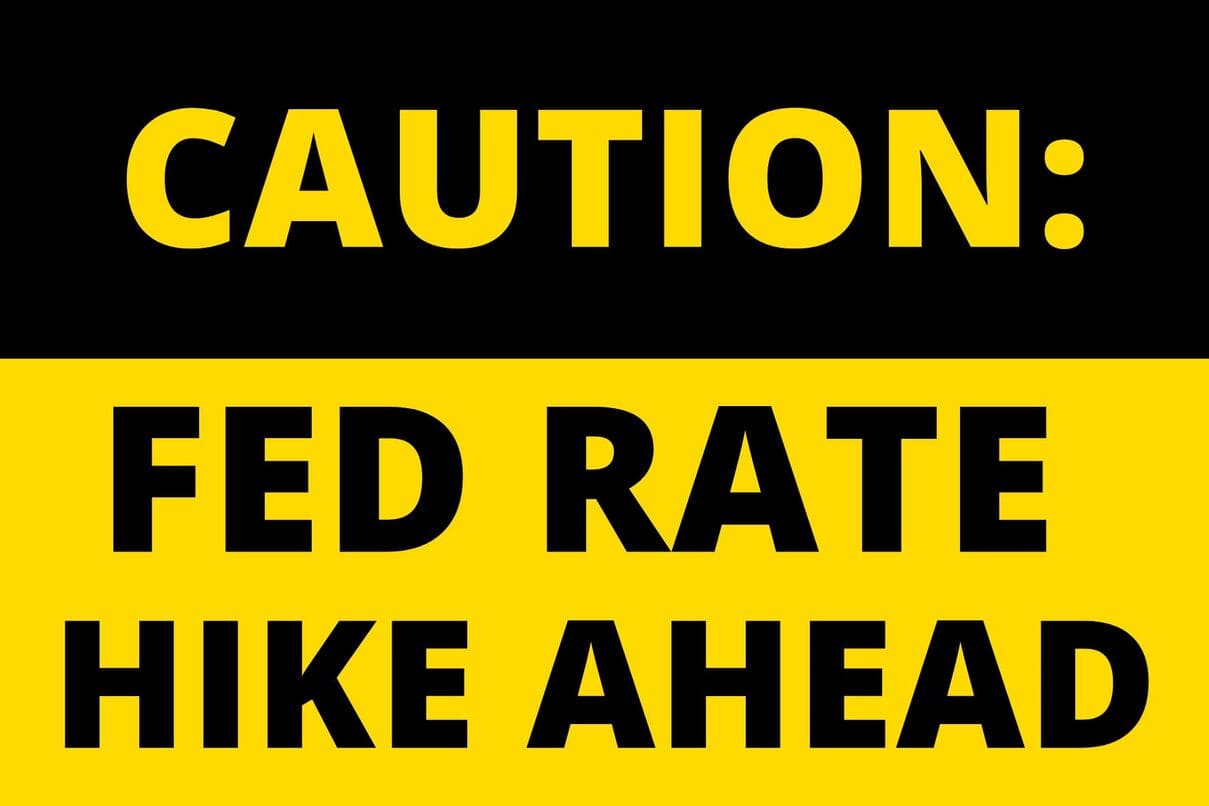
Federal Reserve Chair Jerome H. Powell, in a recent address at the Federal Reserve, emphasized the need for flexibility in economic forecasting. Powell, a central figure in the nation's monetary policy, spoke during a news conference held on Wednesday, November 1, 2023, and addressed critical issues facing the Federal Reserve.
Challenges and Calls for Flexibility
During the conference, Powell discussed the Federal Reserve's decision to maintain the key short-term interest rate for the second consecutive time. However, he also highlighted the central bank's openness to the possibility of further rate hikes if inflationary pressures intensify in the coming months.
Jerome Powell stressed the importance of flexibility in economic forecasting, encouraging the Federal Reserve's forecasters to “think outside” traditional economic models. He acknowledged that the post-pandemic economy has consistently defied expectations. Powell praised the Division of Research and Statistics, a key source of economic data and analysis that informs the Federal Reserve's interest rate decisions. Notably, the Division was celebrating its 100th anniversary at the conference.
Powell emphasized that while the division's forecasts demand “a high degree of intellectual rigor,” this rigor must be complemented by flexibility and agility. He pointed out that while economic models have historically been effective at explaining the workings of the economy over past decades, they often fall short in times of unpredictability.
“Our economy is flexible and dynamic, subject to unexpected shocks like a global financial crisis or a pandemic,” Powell stated. “In such times, forecasters must go beyond the limitations of traditional models.”
Interest Rates and Economic Resilience
Notably, Jerome Powell did not provide specific details about the economic outlook or potential changes in interest rates during his address. However, it's worth mentioning that the Federal Reserve recently decided to maintain interest rates within a range of 5.25 percent to 5.5 percent. This marked the first time in nearly two years that the Federal Reserve opted to keep rates unchanged at consecutive meetings.
The central bank had previously raised interest rates multiple times over the past year and a half, aiming to curb inflationary pressures. Despite these efforts, the economy has proven remarkably resilient, with inflation still exceeding the Federal Reserve's target of 2 percent.
In contrast, the labor market appears to be showing signs of cooling. The October jobs report, released last week, fell short of expectations. The report indicated that the U.S. economy added 150,000 jobs, while the unemployment rate rose to 3.9 percent.
According to experts, this complex economic landscape presents a unique set of challenges for the Federal Reserve as they navigate their monetary policy decisions.
In summary, Federal Reserve Chair Jerome H. Powell's call for flexibility in economic forecasting reflects the dynamic nature of the U.S. economy. As the central bank grapples with maintaining stability and controlling inflation, the ability to adapt to unforeseen circumstances remains a critical factor in their decision-making process.




